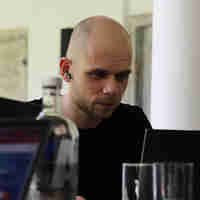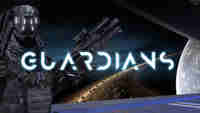Quest 1
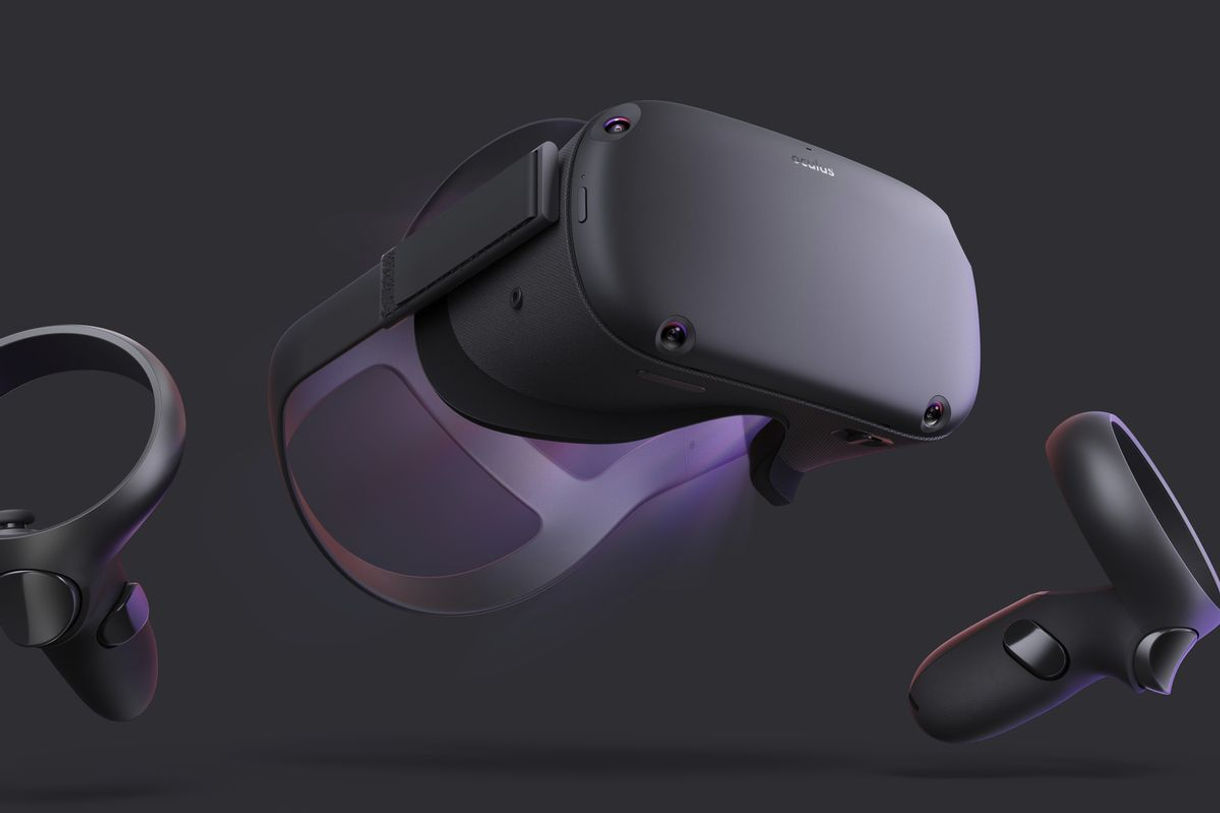
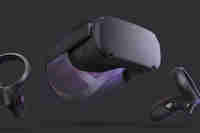
Released 21 May 2019
Nowadays we take it for granted. But at the release Quest was really revolutionary device. VR is notoriously computation hungry. You needed really beefy PC to render all the pixel, accurately track player head and controller movement and do it at highest possible refresh rate. External tracking often requires a dedicated VR room and lot of space. VR was entertainment only for a few privileged tech enthusiasts that could afford all of this. Quest changed it all. With an affordable price of 400$, 6DOF standalone headset was a huge deal. It was the first VR headset that had a chance to break into the mainstream. It quickly sold out and Oculus could not keep up with demand. Great hardware, also needs great software, otherwise what's the point? Enter Beat Saber, the most popular game in VR, that got also acquired by Facebook. Beat saber really tested the Quest capabilities and the port definitely delivered. The experience was apart from bit worse graphics same and even better than on your PC. The fact that the Quest could handle 72hz refresh rate, with 1440p per eye, and track your position accurately even in fast pace game like Beat Saber where you flail your hands at quite the velocities was a miracle.
Quest link
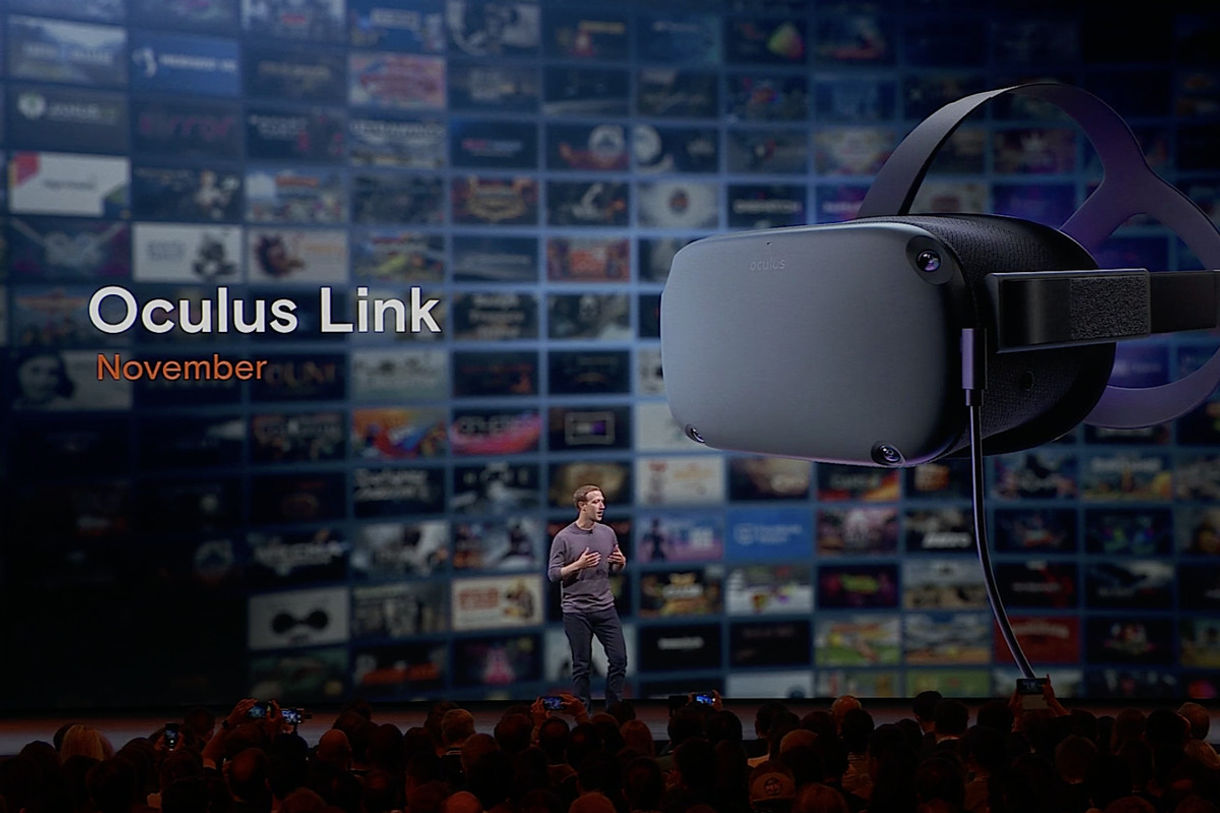

Released November 2019
A few months after the release of the original Quest, the deal got even better. With Link cable hooked to your PC you can get a full PC VR experience. It brought a bit of latency and you could see some compression artifacts. But it definitely a quality level acceptable for most people. Have 2 in 1, mobile and PC VR headsets for 400$? That sound like a steal. This expanded Quest capabilities and allowed this mobile headset to leverage a large PC VR library of software and games.
Hand tracking


Released December 2019
Controllers are the most important thing that makes or breaks the experience. Well-designed controllers will let you interact with the virtual world in a way that you forget that you interact with the world with two shaped sticks and a bunch of buttons. But what's better than almost hands? Your actual hands! Hand tracking is the holy grail of virtual interactions. You don't bring your controllers with you everywhere you go, but you do your hands. People have really high expectations of how hand interactions works, they use their hands every day for all sort of thing. Hand tracking on Quest is far from perfect, but the fact that it works at all is a small miracle in itself. It suffers issues when hands are moving too fast, or are occluding each other, but Facebook is continuously updating this tech with the power of AI and slowly making it a viable option for all sorts of VR experiences.
Quest 2


Released 13 October 2020
Just a year and a half after Quest 1 was released, Meta dropped its successor. It was much more than just an incremental release. With 50% more pixels to render, a much stronger Snapdragon XR2, 90hz support, better battery life, and they even managed to make it cheaper! 300$ for the base 64gb model. If Quest 1 was meant for developers and early adopters, Quest 2 was definitely meant for the mainstream audience. Quest 2 was a huge deal and it brought great affordable VR to more people than any other headset. With Quest 2 dominant even on Steam, clocking around 47% of all steam VR headsets usage.
AppLab
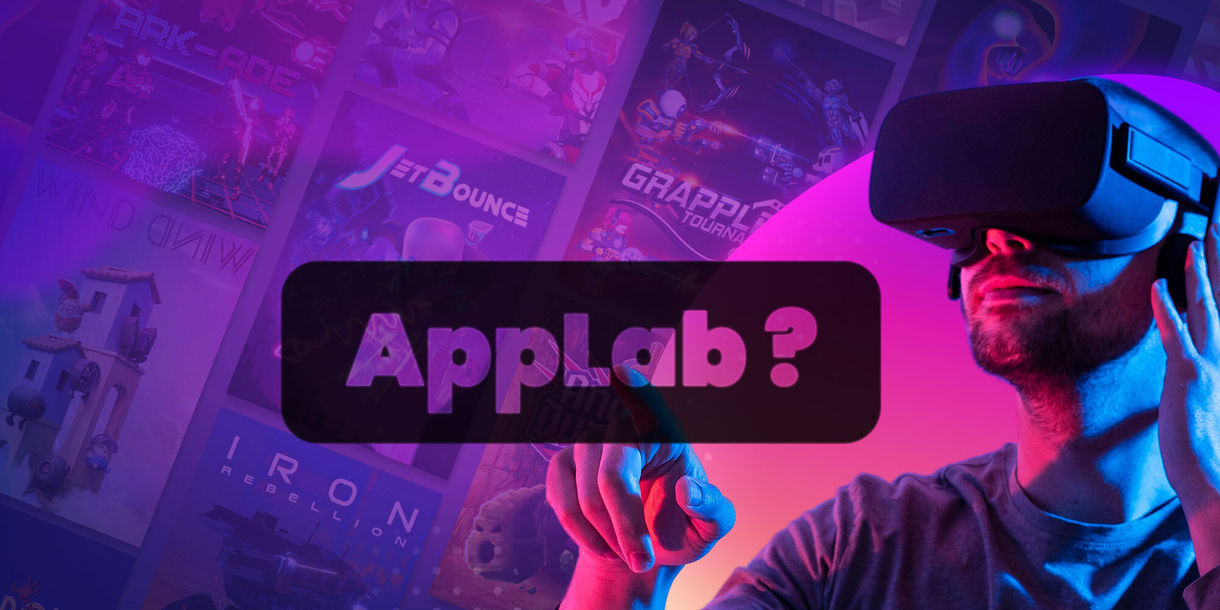

Released February 2021
The innovative hardware is nice. But what makes great hardware great is great software. Meta took this seriously from the start. Even went on a shopping spree of acquiring a lot of developers behind successful PC VR games. Quest store grew over time with Meta's emphasis on quality over quantity. This was great for VR first-timers, that are guaranteed to have the best experiences available, without the risk of being exposed to bad VR that often can discourage people from VR altogether. Applab is part of the main app store that is hidden from regular users. Games released on Applab are not held to the same quality level and store curation that is present on the main store. This allows developers to release more experimental software in a safe and convenient way for users. These applications are hosted by Meta and can implement the same features as the regular main store ones like leaderboards, in-app purchases, and achievements. The only disadvantage is that these games don't get as much exposure to people that may appreciate early-access, experimental, and demo software. We hope to help out with that. You can learn more about Applab in our previous blog post.
Air link


Released April 2021
Air link allows for wireless connection with the PC. You just need a decent wireless router and you should be good to go. This allows for an untethered experience of great PC VR titles such as Half-Life Alyx. It really changes everything once you are free from the limitation of the cable getting in your way. There is also paid solution for wireless streaming Virtual Desktop with bunch of additional features like playing 2D games in a VR environment and lots of other settings for power users. Meta is supposedly also working on “VR Air Bridge”, a PC USB dongle that would simplify Air link connectivity.
If you are interred in the full story of Oculus there is excellent book History of the future. Also this great article with interviews with people behind the Oculus.



